Novo Nordisk Navigates Pricing Pressures Over Ozempic and Wegovy
Understanding the Pricing Debate
In a recent Congressional hearing, Novo Nordisk’s CEO Lars Jorgensen faced fierce scrutiny from lawmakers regarding the costs of their blockbuster diabetes and obesity treatments, Ozempic and Wegovy. With the U.S. market representing a significant revenue stream for the Danish pharmaceutical giant, spotlight intensified on the company’s pricing strategies. Senator Bernie Sanders, who chairs the Senate Committee on Health, Education, Labor and Pensions, was particularly vocal, questioning, “Now why does Novo Nordisk charge the American people such outrageously high prices for Ozempic and Wegovy?”
Price Disparities and Patient Impact
The discussion highlighted a troubling disparity in drug costs, as Sanders pointed out that the prices for Ozempic and Wegovy in the U.S.—approximately **$969** and **$1,349** respectively—far exceed those in Canada, Denmark, Germany, and other nations. The issue is exacerbated by the opaque and convoluted pricing system in the United States, which often leads to patients facing high out-of-pocket costs despite potentially lower net prices. Jorgensen noted that since the launch of Ozempic in 2018, the drug’s net price had dropped by roughly **40%**. However, the increasing rebates offered to pharmacy benefit managers (PBMs) have failed to translate into tangible savings for patients at the pharmacy counter.
The Broader Healthcare Impact
With over **100 million** adults in the U.S. classifying as obese, the affordability of weight-loss drugs like Ozempic and Wegovy is a growing concern for patients, employers, insurers, and government entities alike. Projections indicate that employer-sponsored health coverage costs are expected to increase by **9%** by **2025**, largely driven by the rising utilization of GLP-1 drugs for managing diabetes and obesity. This aspect of the debate highlights the broader economic implications of drug pricing in a country already grappling with high healthcare costs.
Regulatory Framework and Market Responses
Adding another layer to the dialogue, the Federal Trade Commission recently criticized Novo Nordisk and other major insulin manufacturers for inflating list prices of their products, caused in part by mounting rebate demands from PBMs. In response, Novo Nordisk emphasized its extensive programs designed to maintain affordable access to insulin, arguing that they do not control the retail prices that patients encounter.
Senator Sanders, at the hearing, indicated he had received assurances from major PBMs that they would not limit access to Ozempic and Wegovy should Novo Nordisk reduce their list prices. When Jorgensen was asked if he would consider cutting prices based on these assurances, he expressed caution, noting potential implications for patient access and affordability.
Future Competitive Landscape
Looking ahead, multiple factors may contribute to downward pressure on the pricing of weight-loss drugs in the coming years. Increased competition from new GLP-1 drugs currently under development poses a significant threat to the pricing power of existing products. Additionally, potential innovations such as oral GLP-1 medications could reshape the market dynamics, offering more accessible alternatives to current injectables.
Moreover, the impending negotiations for drug prices under Medicare could significantly affect the landscape for drugs like Ozempic and Wegovy. As such measures begin to take shape, investors should monitor how Novo Nordisk positions itself in this evolving landscape.
Investment Outlook for Novo Nordisk
Despite the pressures surrounding pricing and policy discussions, Novo Nordisk’s stocks demonstrated resilience. On the day of the hearing, the firm’s American depositary receipts (NVO) saw a **2.1%** uptick, effectively growing **22%** year-to-date, notably outperforming the **20%** increase in the S&P 500 index during the same period. This reflects a robust confidence in the company’s long-term growth trajectory as it navigates both challenges and opportunities.
With Novo Nordisk’s investment commitment exceeding **$10 billion** into the development of GLP-1 drugs and over **$30 billion** aimed at expanding manufacturing capabilities, the company is positioning itself for future growth in both the U.S. and global markets.
Conclusion
Novo Nordisk finds itself at a pivotal juncture, balancing the dynamics of pricing pressures, regulatory scrutiny, and a burgeoning market landscape characterized by competition and innovation. Investors focusing on pharmaceutical stocks would do well to remain vigilant on how these developments unfold, as they could significantly impact healthcare affordability and access in the United States. As the ongoing pricing dialogue continues to evolve, both the firm’s stock performance and the accessibility of its vital medications will be worth closely monitoring in the days to come.
















